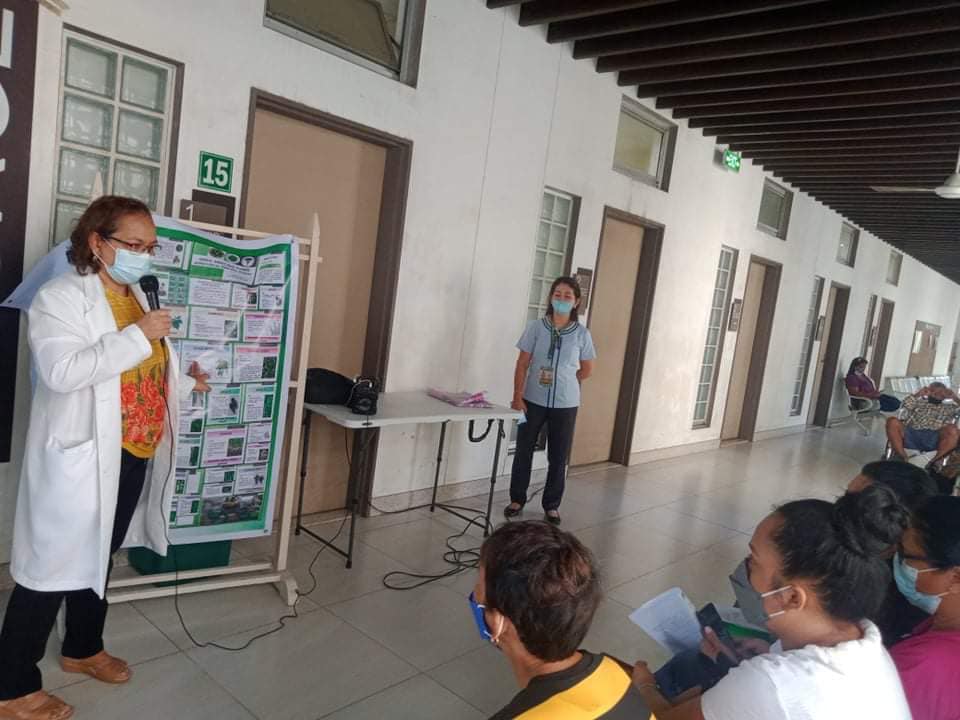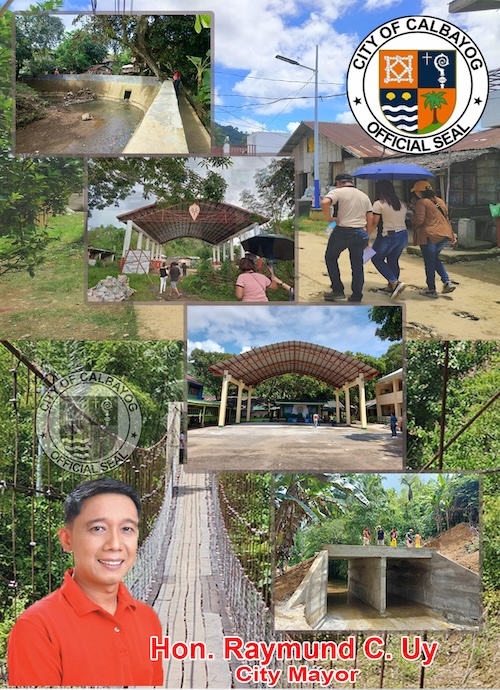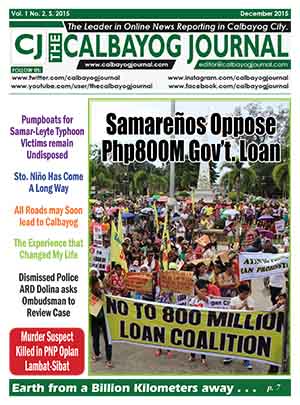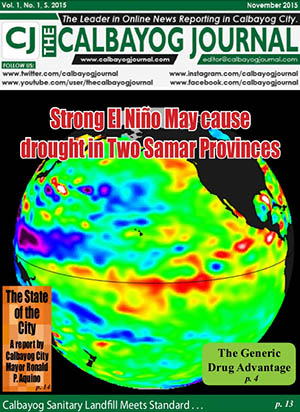
Story/Photos: ELMER RECUERDO
(Traditional and Alternative Health Care Month is observed in November every year in the Philippines.)
TACLOBAN CITY – School teacher Gina Arsena had always been complaining of back pain, an uncommon complaint in her family where scoliosis has a long history among the women in her maternal side.
Her back pain is further aggravated since her job entails a prolonged standing -- as much as five hours in a day – when she conducts her classes, aside from the load of books she brings to class.
"Over the years of taking pain relievers, medicines are no longer effective. I tried other modes of treatment but they fell short of the result that I want," she said.
In June this year, Arsena went to Cebu to see a doctor who is treating another relative. It brought her to a small clinic for a treatment that she is not very familiar with – acupuncture.
"I was very reluctant at first, I never believed that those needles can cure. There is no science that supports it," she said. Nevertheless, she stayed and continued taking the treatment after experiencing a big relief after two sessions.
"I no longer experience excruciating pain but I want to continue this kind of treatment. I have stopped taking pain relievers and I am determined to keep it that way," she said. "I have realized that these needles have so much power in treating diseases."
(Traditional and Alternative Health Care Month is observed in November every year in the Philippines.)
TACLOBAN CITY – School teacher Gina Arsena had always been complaining of back pain, an uncommon complaint in her family where scoliosis has a long history among the women in her maternal side.
Her back pain is further aggravated since her job entails a prolonged standing -- as much as five hours in a day – when she conducts her classes, aside from the load of books she brings to class.
"Over the years of taking pain relievers, medicines are no longer effective. I tried other modes of treatment but they fell short of the result that I want," she said.
In June this year, Arsena went to Cebu to see a doctor who is treating another relative. It brought her to a small clinic for a treatment that she is not very familiar with – acupuncture.
"I was very reluctant at first, I never believed that those needles can cure. There is no science that supports it," she said. Nevertheless, she stayed and continued taking the treatment after experiencing a big relief after two sessions.
"I no longer experience excruciating pain but I want to continue this kind of treatment. I have stopped taking pain relievers and I am determined to keep it that way," she said. "I have realized that these needles have so much power in treating diseases."
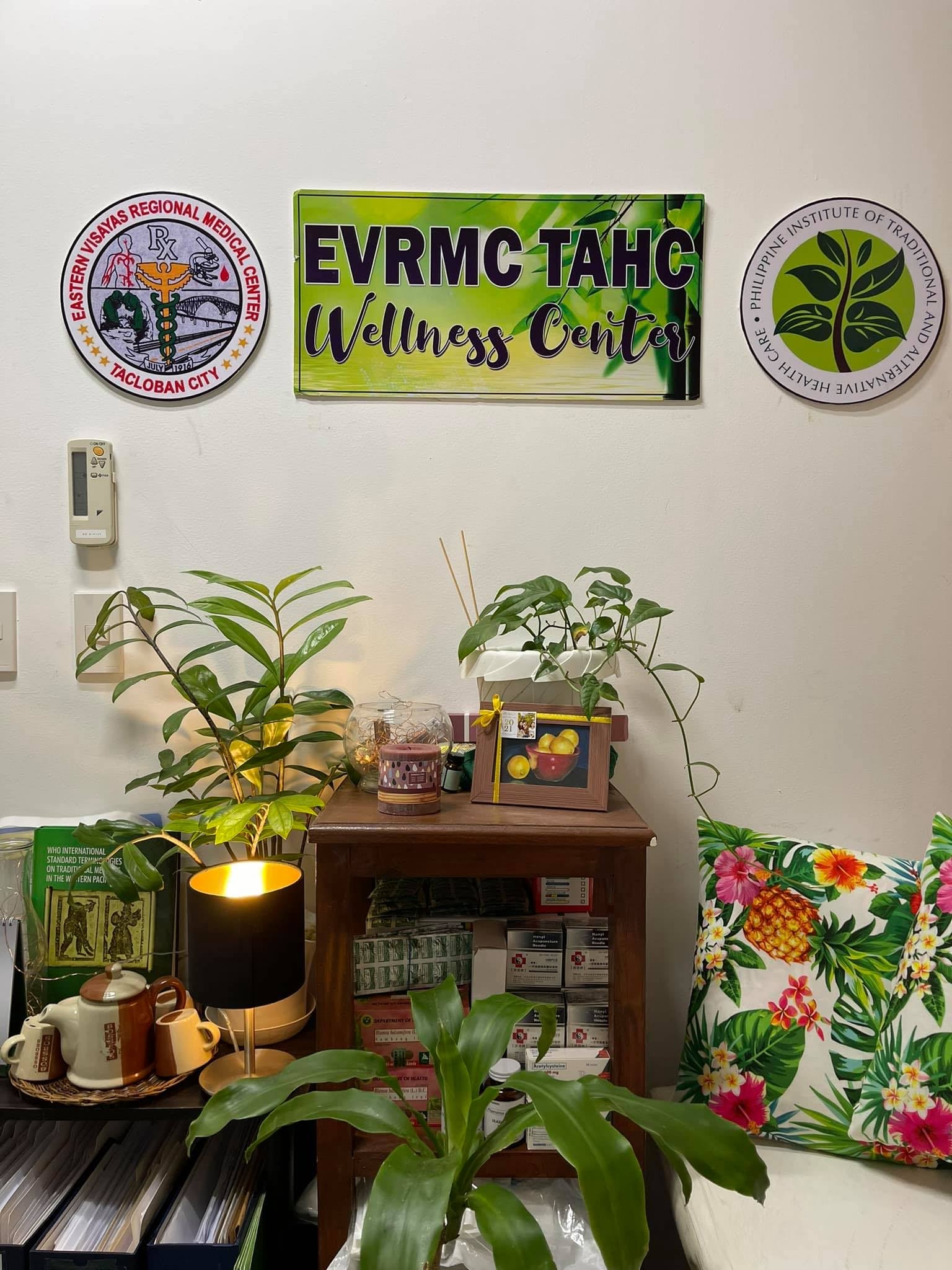
MAINSTREAM IN HEALTH CARE DELIVERY SYSTEM
Unknown to Arsena and to most Filipinos, acupuncture and other traditional Chinese medicine are already integrated in the healthcare delivery system. Many hospitals run by the Department of Health have units that offer methods such as acupuncture, ventosa and moxibustion in treatment.
The mainstreaming of traditional medicine, whether Chinese or Filipino, is embedded in the Republic Act No. 8423, otherwise known as the Traditional and Alternative Medicine Act (TAMA) of 1997 authored by Senator Juan M. Flavier.
The law created the Philippine Institute of Traditional and Alternative Health Care (PITAHC) which is mandated "to improve the quality and delivery of health care services to the Filipino people through the development of traditional and alternative health care and its integration into the national health care delivery system".
Dr. Randy Saavedra, head of the Traditional and Alternative Health Care unit at the Eastern Visayas Medical Center, said there is a growing acceptance of traditional medicine among Filipinos due to its increasing demand for wellness and healthy lifestyle.
He said traditional medicine offers an alternative to patients who have tried conventional treatment but could not get the relief that they expected.
"There are people who avoid taking medicines and would prefer a natural treatment due to the side effects of some drugs," he said. "It complements functional medicine."
Saavedra, who specializes in Family Medicine, said traditional medicine harnesses the body's natural way of combating diseases.
In acupuncture, he said, hair-thin needles are pierced to certain points to improve the flow of blocked or stagnant qi, which is the body's vital energy that flows along specific channels or meridians. He said acupuncture can unblock these meridians to restore movement of qi and improves health.
Saavedra admitted that while these modes of healing have been in existence for thousands of years, its practice in the healthcare delivery system remains in infantile stage.
Unknown to Arsena and to most Filipinos, acupuncture and other traditional Chinese medicine are already integrated in the healthcare delivery system. Many hospitals run by the Department of Health have units that offer methods such as acupuncture, ventosa and moxibustion in treatment.
The mainstreaming of traditional medicine, whether Chinese or Filipino, is embedded in the Republic Act No. 8423, otherwise known as the Traditional and Alternative Medicine Act (TAMA) of 1997 authored by Senator Juan M. Flavier.
The law created the Philippine Institute of Traditional and Alternative Health Care (PITAHC) which is mandated "to improve the quality and delivery of health care services to the Filipino people through the development of traditional and alternative health care and its integration into the national health care delivery system".
Dr. Randy Saavedra, head of the Traditional and Alternative Health Care unit at the Eastern Visayas Medical Center, said there is a growing acceptance of traditional medicine among Filipinos due to its increasing demand for wellness and healthy lifestyle.
He said traditional medicine offers an alternative to patients who have tried conventional treatment but could not get the relief that they expected.
"There are people who avoid taking medicines and would prefer a natural treatment due to the side effects of some drugs," he said. "It complements functional medicine."
Saavedra, who specializes in Family Medicine, said traditional medicine harnesses the body's natural way of combating diseases.
In acupuncture, he said, hair-thin needles are pierced to certain points to improve the flow of blocked or stagnant qi, which is the body's vital energy that flows along specific channels or meridians. He said acupuncture can unblock these meridians to restore movement of qi and improves health.
Saavedra admitted that while these modes of healing have been in existence for thousands of years, its practice in the healthcare delivery system remains in infantile stage.
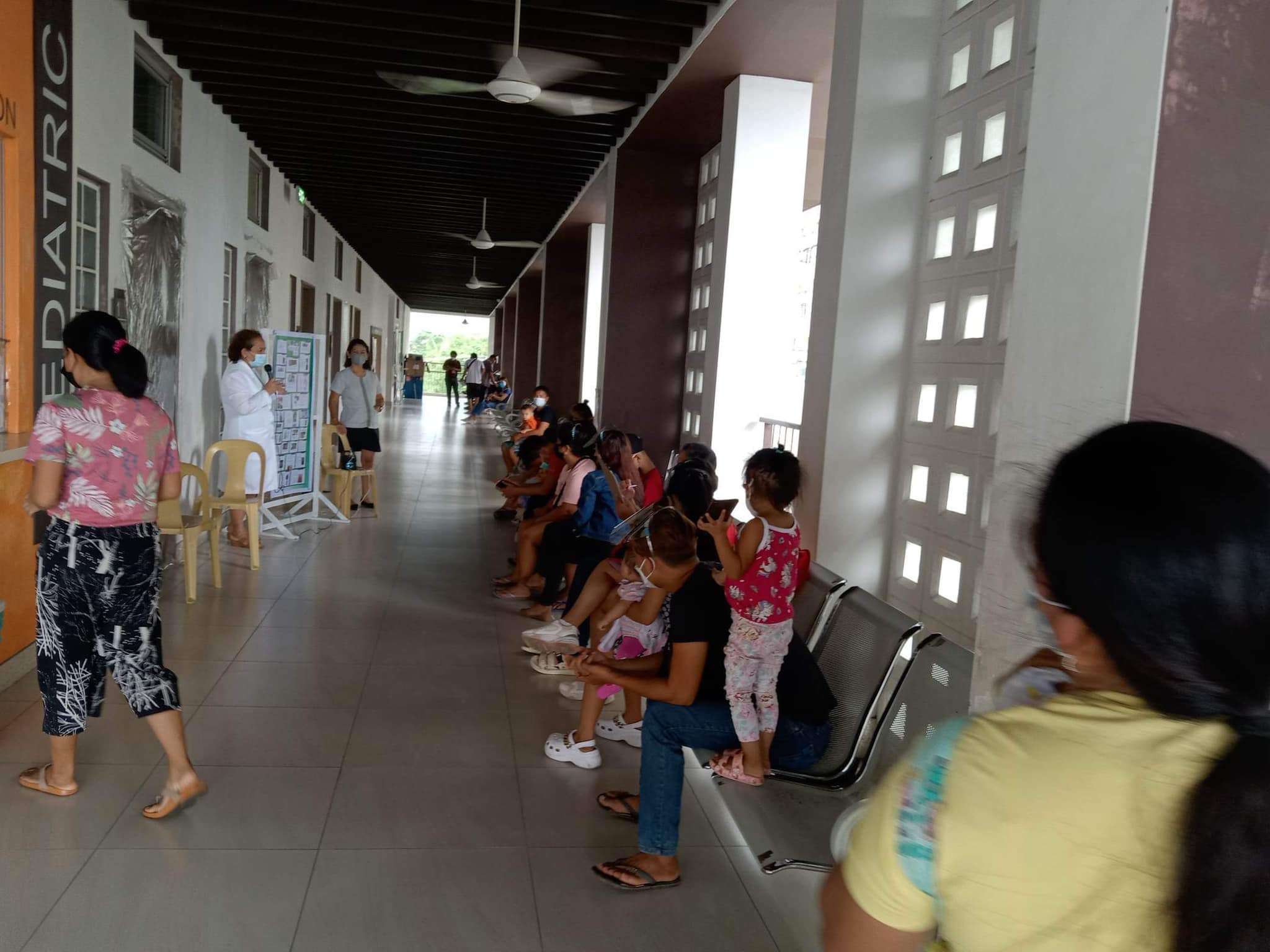
At EVMC, the Traditional and Alternative Health Care unit only opened two years ago after 20 staff completed training on acupuncture, ventosa and moxibustion during the pandemic.
Since its first patient who sought treatment for lower back pain two years ago, Saavedra said there is an increasing number of patients in EVMC who are going for such treatment, especially acupuncture, for different illnesses despite the absence of a public information drive.
This year, he said his unit has been receiving an average of 30-40 patients a month which is already considerable, especially that the unit is open for treatments only done in the morning due to his other functions in the hospital.
He said PITAHC is working to make traditional and alternative health care be available in government hospitals especially in apex hospitals that are run by DOH.(CJ/jmm/ER)
Since its first patient who sought treatment for lower back pain two years ago, Saavedra said there is an increasing number of patients in EVMC who are going for such treatment, especially acupuncture, for different illnesses despite the absence of a public information drive.
This year, he said his unit has been receiving an average of 30-40 patients a month which is already considerable, especially that the unit is open for treatments only done in the morning due to his other functions in the hospital.
He said PITAHC is working to make traditional and alternative health care be available in government hospitals especially in apex hospitals that are run by DOH.(CJ/jmm/ER)
